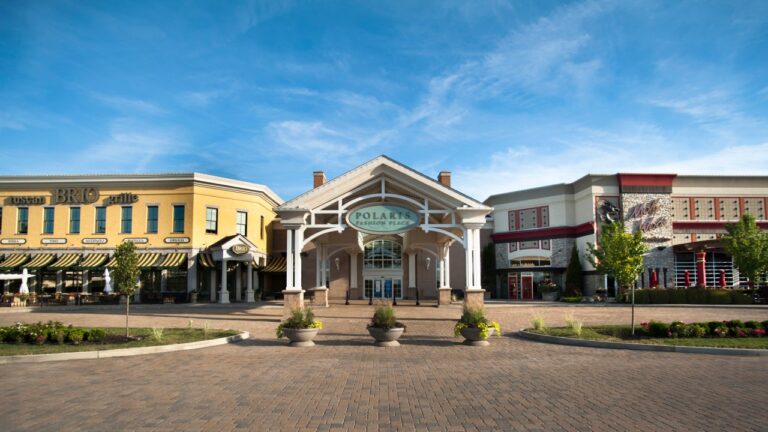COLUMBUS, Ohio (WCMH) – For decades, shopping malls have been gathering places in the U.S. City Center Mall in downtown Columbus was a popular spot in the 1990s, while Eastland Mall and Westland Mall thrived.
That eventually led to the birth of mega-shopping centers like Easton Town Center and Polaris, and this month Easton celebrates its 25th anniversary.
Most of those other malls are now gone, and not just in Central Ohio, as those that survive have pivoted to new models.
Lee Peterson of WD Partners is a national retail expert based in Columbus who has studied retail trends for decades. Lee and other retail experts say the data makes it clear that shopping malls aren’t in decline. But they’re fighting a common enemy:
“There’s an expression: ‘You don’t have to go to the store anymore. You have to want to go to the store,'” Peterson said. “Time is the real enemy for stores right now.”
But shopping malls remain competitive: Coresight research data for 2023 shows that mall retail sales are expected to grow 11% and store occupancy rates will rise to 95%, the highest level since before the COVID-19 pandemic.
“Across the board, retail indicators are at record levels,” said Brandon Isner, head of retail research at commercial real estate services firm CBRE.
Retail analytics firm Greenstreet recently completed evaluations of two major shopping malls in central Ohio: Easton Town Center, with 94% of its current space occupied, is rated an “A+” mall, and Polaris, with 92% of its space occupied, is rated an “A-” mall.
Retail space is being converted into entertainment areas, and more diverse food and beverage services, offices, and even housing are moving away from the “mall” model.
Brands have realized that retail stores are more than just a place to sell products — they can also process returns and allow customers to pick up items they order online in-store, saving them money on shipping — so many brands are finding that an in-person presence is essential to their overall sales strategy.

